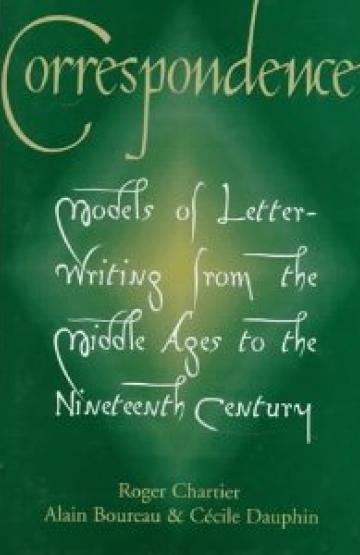Correspondence: Models of Letter-Writing from the Middle Ages to the Nineteenth Century

Roger Chartier
1997
Princeton University Press
Correspondence explores the history of a fascinating cultural practice: the writing of letters. From the sixteenth to the eighteenth century, western societies served a long apprenticeship in the culture of the written word. Although mastery of reading and writing was far from evenly distributed, many tradesmen, shopkeepers, and artisans possessed these skills. A specialized literature came into being whose aim it was to regulate and control ordinary forms of letter-writing by instilling in people the difficult techniques that this writing entailed. As a result, tensions evolved in the structured practice of letter-writing. Although writers wished to stay within the guidelines set forth by secrétaires or by collections of model letters, they also wanted to be spontaneous.Correspondence explores these tensions over a long span of time by examining model letter collections.
The authors examine the invention of norms for writing letters in the Middle Ages, and the application of these norms in various popular manuals. They then analyze the letter-writing models developed in the ancien régime, showing how these models were linked to both court literature and popular books distributed by peddlers. Finally, the discussion turns to models of letter-writing developed during the nineteenth century. By exploring changes in letter-writing, this book sheds light on a cultural practice that has created ways of thinking, of feeling, and of relating to others and to oneself.
